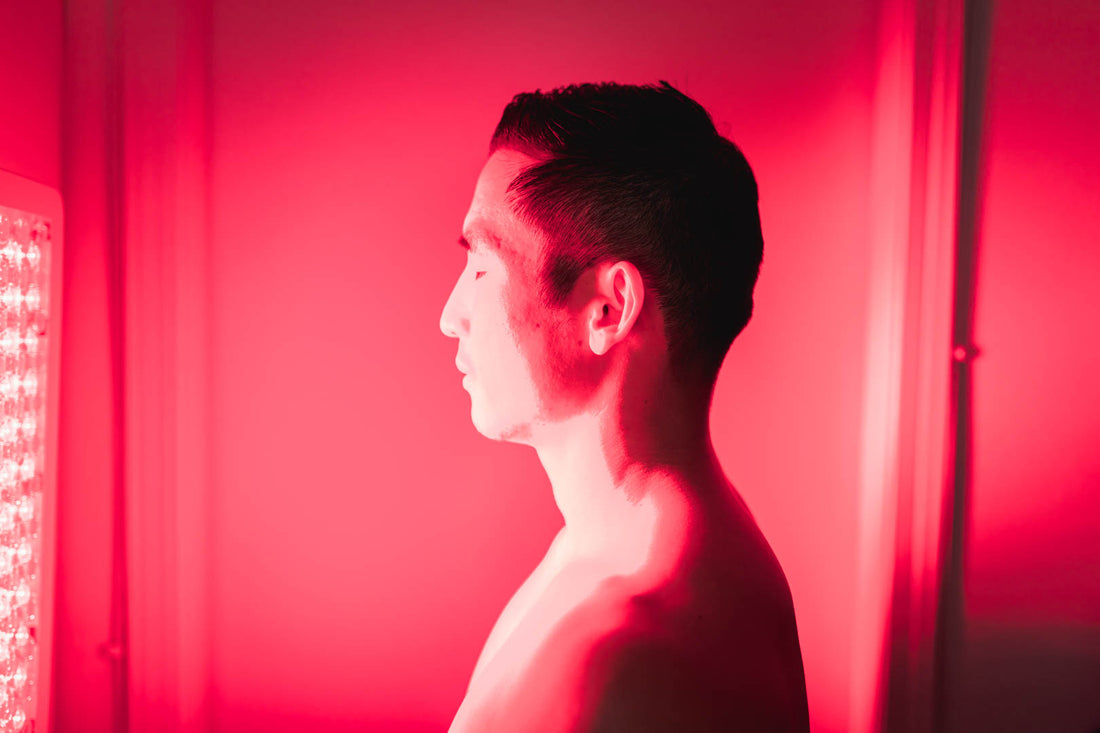Seasonal affective disorder, also known as winter blues or seasonal depression, is a form of depression that's associated with changes in seasons. Most individuals with seasonal depression will experience the effects of this during the Fall and Winter months.
Symptoms
- Experiencing low energy levels
- Experiencing changes in appetite
- Experiencing difficulties with sleep
- Feeling depressed most of the day
- Feeling anxious, hopeless, lethargic, and/or agitated
- Having constant negative thoughts
Causes
The exact cause of seasonal depression is unclear. However, many factors play a role with seasonal depression including the body’s circadian rhythm, serotonin levels, and melatonin levels. Another factor is the lack of sunlight during the Fall and Winter months.
Circadian rhythm, otherwise known as the body’s internal clock, can be disrupted during the Fall and Winter months due to the reduced levels of sunlight. In fact, sunlight plays a role in serotonin and melatonin levels. With less sunlight during the day, serotonin and melatonin levels can also be disrupted and these two chemicals play a large role in affecting mood and sleep patterns.
North Americans spend 90% of their time indoors
As mentioned previously, natural sunlight plays a large role in regulating the circadian rhythm, serotonin levels, and melatonin levels. Natural sunlight is essential for human health and longevity. With most of the time spent indoors, individuals don’t get nearly as much light as the body requires.
Treatment for Seasonal Affective Disorder
- Psychotherapy
- Medications
- Red Light Therapy
What is Red Light Therapy?
The human body requires natural light to perform and thrive, just like it needs water and nutrients from food.
Red and near-infrared wavelengths of light are the ‘superfoods’ of natural light, providing our body with healing properties and health benefits.
Red light therapy is a non-invasive treatment that delivers concentrated red and near-infrared light to your cells. All you need is 10-15 minutes per day to optimize your body.
How does Red Light Therapy combat Seasonal Affective Disorder?
Red light therapy combats seasonal affective disorder by using medical-grade 5w LEDs to project clinically proven near-infrared wavelength at 850nm. More specifically, when near-infrared light is shined on a person’s head, those wavelengths are able penetrate the surface of the skin, and reach the brain and affect brain cells directly.
Learn more about How Red Light Therapy Works.
Mitochondrial Function
The mitochondria is the powerhouse of our cells that houses production of adenosine triphosphate (ATP), which are the energy molecules that fuels everything the body does. With the stimulation from red light therapy, cellular function is enhanced through the increased production of ATP. When stimulated on the head, cells are able to function at a higher capacity to promote healthy brain activity.
Blood Circulation
Red light therapy improves blood flow by stimulating the production of Nitric Oxide (NO) in our cells. One of the main functions of NO is to relax the walls of blood vessels, allowing for increased blood flow through arteries and veins. With an increase in blood circulation, the body is able to transport more nutrients to the brain and remove wastes from the area.
Oxidative Stress
Oxidative stress is an imbalance between free radicals and antioxidants in our body. Free radicals are harmful molecules, which are naturally produced through metabolic activities, such as digestion and exercising. Antioxidants play a central role in offsetting free radicals and reducing oxidative stress. Uncontrolled levels of oxidative stress can lead to cell injury and accelerate the aging process of the body. Studies have found the effects of near-infrared light reduced cognitive impairments and improved hippocampus activity [1].
Studies have shown the effects of red and near-infrared light on the transcranial region. The beneficial properties of red light therapy is due to interaction of red and near-infrared light with our cells and the circulatory system. This is what provides the antidepressant properties in individuals with major depressive disorders [1, 2, 3, 4].
How do I use Red Light Therapy?
When searching for a red light therapy device on the market, it's important to find a device that suits your needs and provides the best power output. With world-class performance, Orion provides red and near-infrared light therapy devices that include medical-grade 5 watt LEDs and the highest irradiance on the market for an optimal at-home and clinical experience to help offset the effects of seasonal depression.
The guidelines for treatments are simple and can be very effective when complemented with other healthy lifestyles. Follow Orion’s treatment guideline for the best results:
- Position yourself 6-12 inches away from your device.
- Expose your skin for the most effective results.
- Approximately 10-15 minute treatments per body area and up to 20 minutes for symptomatic areas.
- 1-2 treatments per day.
- Any time of day that works best for you.
Shop the Orion lineup to find the best device that suits you.
[1] Askalsky, P., & Iosifescu, D. V. (2019). Transcranial photobiomodulation for the management of depression: current perspectives. Neuropsychiatric Disease and Treatment, 15: 3255-3272.
[2] Caldieraro, M. A., & Cassano, P. (2019). Transcranial and systemic photobiomodulation for major depressive disorder: a systematic review of efficacy tolerability and biological mechanisms. Journal of Affective Disorders, 243, 262-273.
[3] Cassano P, Petrie SR, et al. Transcranial Photobiomodulation for the Treatment of Major Depressive Disorder. The ELATED-2 Pilot Trial. Photomedicine and Laser Surgery. 2018 October.
[4] Salehpour, F., Rasta, S. H. (2017). The potential of transcranial photobiomodulation therapy for treatment of major depressive disorder. Reviews in the Neurosciences. 2017 May.































